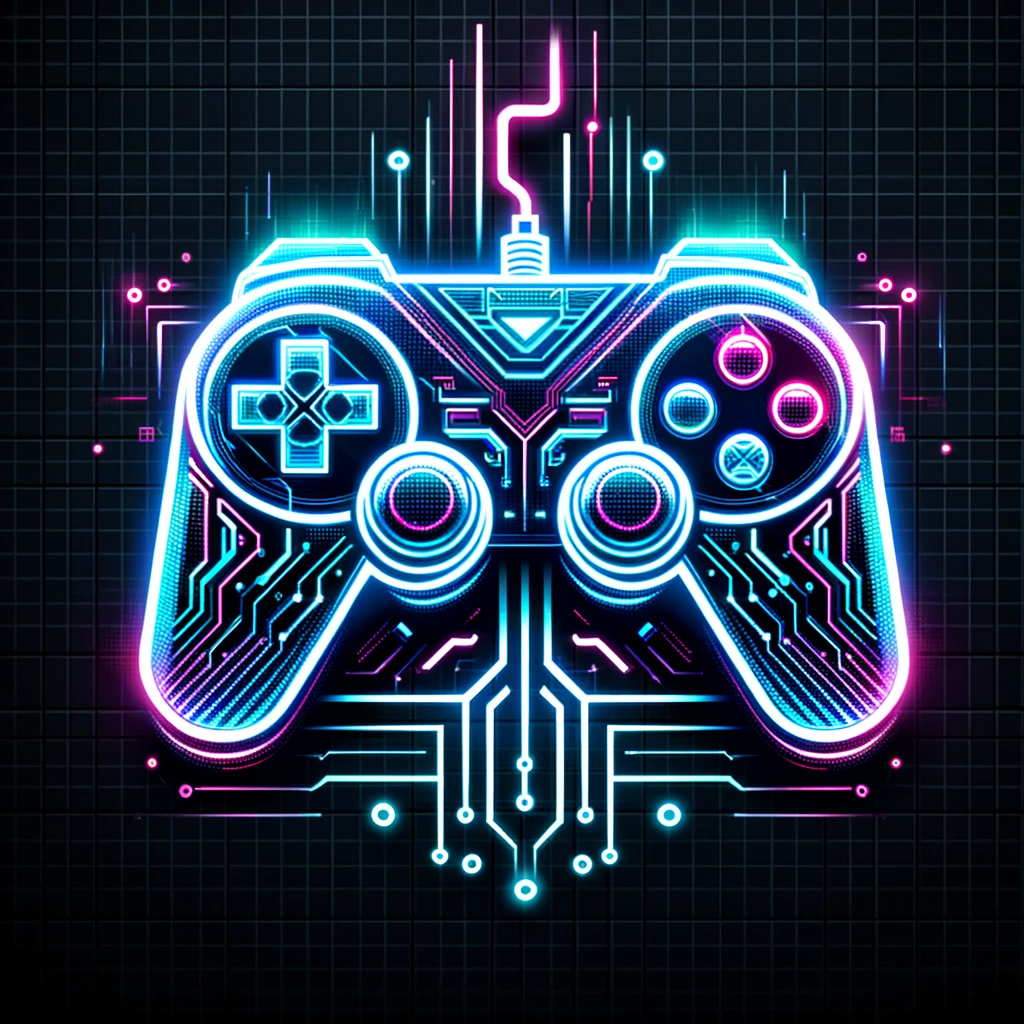
Blaster
Arcade / Williams Electronics 1983
Blaster by Williams Electronics is a classic arcade video game that emerged during the golden age of arcade gaming in the early 1980s. Released in 1983, the game belongs to the shoot ’em up genre, where players control a spaceship and engage in fast-paced space combat against waves of enemy ships. Blaster stands out for its innovative use of digitized speech, an advanced feature for its time, enhancing the gaming experience with spoken phrases like “Welcome to Blaster!”
Blaster was developed by Eugene Jarvis, a prominent figure in the arcade gaming industry known for his work on Defender and Robotron: 2084. The game was produced by Williams Electronics, a major player in the arcade scene. The development of Blaster showcased the company’s commitment to pushing the technological boundaries of arcade games, incorporating digitized speech and advanced graphics for an immersive gaming experience.
Upon its release, Blaster received positive reviews for its cutting-edge technology, engaging gameplay, and challenging difficulty. The innovative use of digitized speech garnered particular attention, contributing to the game’s popularity among arcade enthusiasts.
Blaster exists in its original arcade cabinet form, and its influence is seen in later space-themed shoot ’em up games. While Blaster does not have direct sequels, its impact can be observed in the design and mechanics of subsequent space shooters, contributing to the evolution of the genre.
Blaster is considered a relatively rare arcade game, with a limited number of cabinets produced. The exact production figures are not widely available, but its scarcity has contributed to its status as a sought-after collector’s item. Due to its rarity and historical significance, Blaster cabinets in good condition can command a high value on the collector’s market, with estimates ranging based on factors such as condition, rarity, and demand.
Blaster’s hardware is built on the Williams Electronics hardware platform. The game features a color raster display and utilizes a custom-designed microprocessor. Repairing a Blaster cabinet may involve troubleshooting issues with the display, controls, or power supply. Replacement parts for the joystick, buttons, power supply, and other components are generally available through specialized arcade parts suppliers, making it feasible for enthusiasts to restore and maintain these classic machines.


